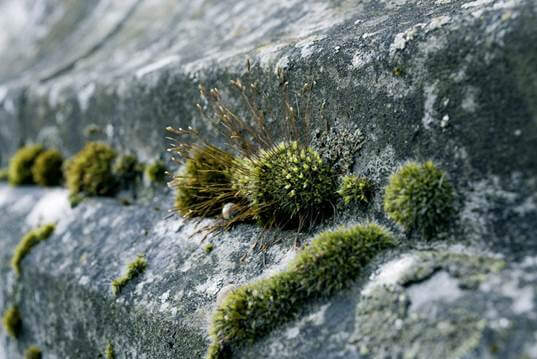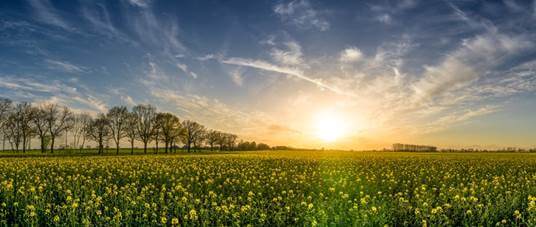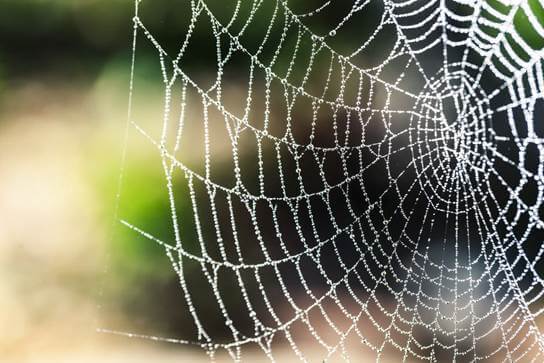Blog
Nature and Mental Wellbeing – Part 2 What difference does being in nature make?
Welcome back everyone,
Last week we spent a bit of time thinking about why I started this blog, our relationships with nature and the social and cultural aspects which might influence those relationships. We also talked about how our relationships with nature can vary a lot and I introduced the idea that connecting with nature can have a significant impact on our psychological wellbeing. In this blog I’m going to focus a little more on what connecting with nature might look like. This will hopefully build on the list that I started in the previous blog. I will also think about why this might be important and also summarise the evidence-base around the impact of connecting with the natural world.
Increasing a connection
It’s pretty vague isn’t it. Being in nature. Thinking about nature. Planting trees or getting your hands muddy. Jumping in the sea or watching Blue Planet. What are we actually talking about here?
A commonly used term in the evidence-base is ‘ecotherapy’. This refers to nature-focused methods of physical and psychological intervention. It often focuses on the benefits of re-establishing our connections to the natural world as a component of psychological therapy or as a ‘therapeutic intervention’ in its own right.
Most of the research on these types of interventions has tended to focus on specific activities outside, however there is a lot of variability. A recent report published in 2016 by Natural England focused on 3 key ‘green care interventions’ with excellent outcomes. The three activities were; care farming, environmental conservation and social and therapeutic horticulture. Other areas that have been considered in the evidence base include:
Taking a 90-minute walk in a natural area
Spending time with animals
Contributing to a woodland restoration program
Growing food
Doing outdoor activities
Volunteering at a wildlife or environmental charity
Community gardening
Projects promoting access to local green spaces
Living or moving to ‘greener’ urban areas
Even just living close to trees or green spaces!
The good news is that we’re not talking about climbing Everest here. Just being close to and interacting more with the natural seems to be sufficient.

Why is it important?
There are lots of answers put out there, many promises that are made and perhaps this has rightly made us all a little sceptical. With that in mind it’s important to consider what the research actually says about all this…
What does the evidence actually say?
Firstly, this is an area of burgeoning research and although some studies date back a little while, it is not an area that has received as much funding as other areas. That said, the outcomes do look pretty good and I have tried to summarise some of the key themes below.
Research showing the positive effects of an increased connection to the natural world has been found across a broad range of difficulties including low mood / depression, stress, anxiety and Post-Traumatic Stress Disorder (PTSD) to name just a few.
It has also been seen to have benefits including improved:
Overall wellbeing
Sense of happiness
Sense of place and community
Sense of personal achievement
Physical health
New skills and knowledge development
Social network growth
Cognition in children with ADHD
Stress levels
Self-esteem
As well as tentative research around the symptoms of dementia
People in urban areas just living nearer green spaces are also less likely to be stressed or receive a diagnosis of depression or obesity. They also were seen to have slightly longer life expectancies. Pregnant women living nearer green areas have been found to have lower blood pressure and give birth to larger babies. That said, we are not taking about a miracle cure for everything and there are a lot of problems with the research.

Common criticisms
The types of activities studied are not consistent and how the research is conducted or measures is really variable so it’s hard to draw really solid conclusions. Despite this, little to no negative outcomes of an increased connection with nature have been found – suggesting there is very little to lose and potentially a lot to gain by increasing our connection with nature.
To find out more, you can check out the ‘Evidence’ section of the National Institute for Health and Care Excellence (NICE) website. I’ve put the link at the bottom of this post.
Next time…
Next week I’ll think about how we all can get more involved in this kind of activity ourselves and how we might overcome some of the barriers. Then in the last one, I’ll think about what types of programmes there are out there to get involved in.
I hope you enjoyed this one. If you feel worried about any of the information here you can have a look at our resources page for contacts which might be helpful.
See you next week for the next instalment.
Pete
National Institute for Health and Care Excellence (NICE) – http://www.nice.org.uk/

